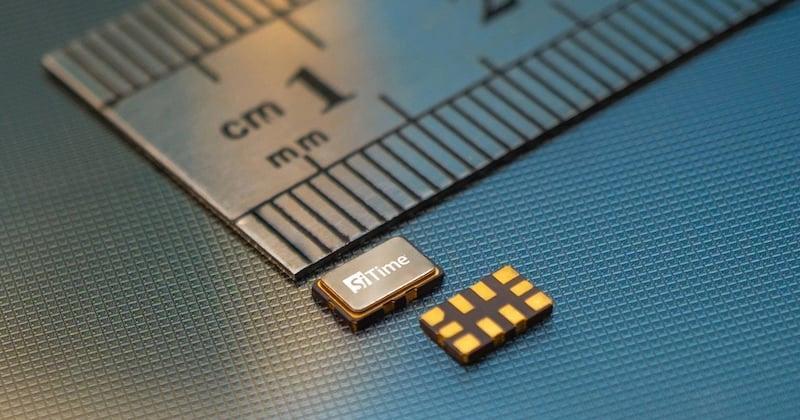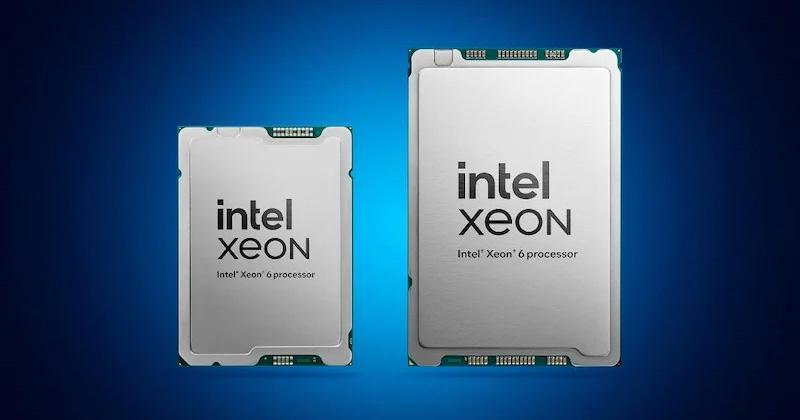
Morse Micro Aims Wi-Fi HaLow Chip at European, Middle Eastern Markets
At Embedded World 2025, Morse Micro introduced the MM8102 Wi-Fi HaLow SoC, a low-power, long-range wireless solution optimized for IoT deployments in Europe and the Middle East. As IoT adoption expands, connectivity challenges persist in industrial, smart building, and urban environments.
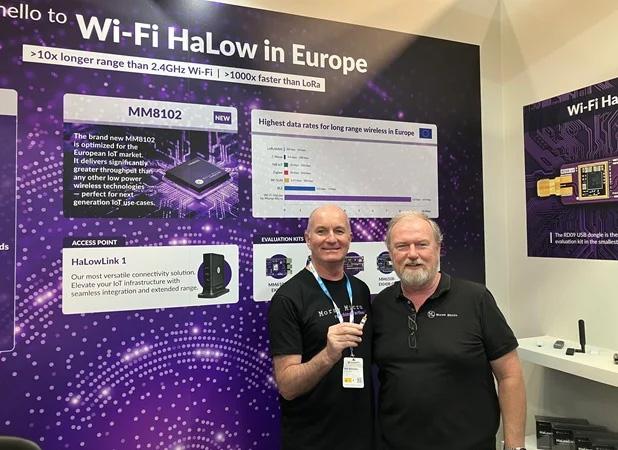
Morse Micro's VP of Marketing Andy McFarlane (left) and Principal Field Engineer Zandr Milewski (right) present their company's new product at Embedded World 2025.
Read on to learn about the MM8102 chip and why Morse Micro hopes it will be a valuable solution for future IoT deployments.
The Newest Wi-Fi HaLow SoC on the Block
The MM8102 Wi-Fi HaLow SoC operates in the sub-GHz ISM band instead of the conventional 2.4 GHz, 5 GHz, and 6 GHz Wi-Fi networks. This band enables better signal penetration and, therefore, better performance in IoT deployments such as smart buildings or industrial sites. The solution supports 1-MHz and 2-MHz bandwidths at a peak throughput of 8.7 Mbps with 256-QAM modulation while maintaining compliance with EU wireless regulations. Compliance includes adherence to duty-cycle restrictions with an effective throughput of 867 kbps for access points at a 10% duty cycle and 243 kbps for IoT stations at a 2.8% duty cycle.
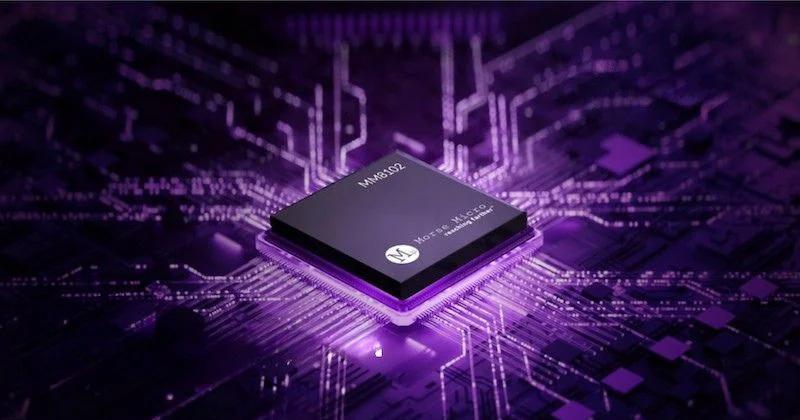
Morse Micro’s MM8102. Image used courtesy of Morse Micro
The SoC’s architecture features ultra-low-power operation to extend battery life in IoT applications by optimizing sleep states and minimizing active power consumption. To accommodate size-constrained applications, the solution comes in a compact 5 mm × 5 mm BGA package. Integrated USB, SDIO, and SPI host interfaces enhance compatibility with existing network infrastructures, such as USB access points and station dongle operation.
Security features include WPA3 with Simultaneous Authentication of Equals (SAE) and GCMP encryption for link-layer protection and secure data transmission.
Signal Penetration and IoT Deployments
Signal penetration refers to the ability of a wireless signal to maintain strength and integrity as it propagates through various physical obstructions such as walls, floors, and dense materials.
In wireless communication, high-frequency signals (2.4 GHz, 5 GHz, and 6 GHz Wi-Fi) suffer greater attenuation when passing through solid objects due to increased absorption and scattering. These signals exhibit shorter wavelengths, which interact more strongly with dielectric materials such as concrete, brick, and metal and result in significant path loss and reduced connectivity in obstructed environments.
In contrast, lower-frequency signals, such as sub-GHz transmissions used in Wi-Fi HaLow (IEEE 802.11ah), LoRa, and NB-IoT, exhibit superior penetration capabilities due to their longer wavelengths. These signals experience lower material absorption and diffraction loss, allowing them to propagate through walls and extend connectivity over greater distances.
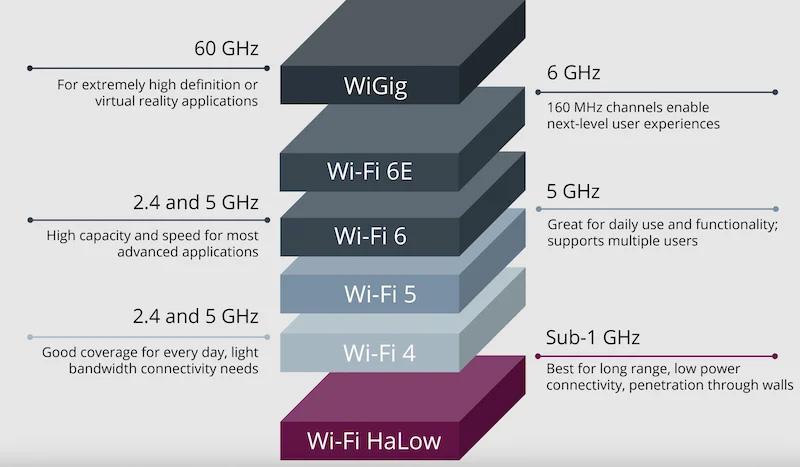
Wi-Fi HaLow operates in the sub-1-GHz band. Image used courtesy of Wi-Fi Alliance
For IoT deployments, signal penetration directly influences network reliability, coverage, and energy efficiency. In industrial environments, where dense infrastructure, metal surfaces, and electromagnetic interference (EMI) are prevalent, weak penetration results in signal degradation, increased packet loss, and higher retransmission rates. Wi-Fi HaLow, operating in the sub-GHz ISM band, mitigates these challenges by achieving longer range and stronger penetration
By leveraging low-frequency RF propagation characteristics, IoT networks can maintain consistent connectivity across expansive and obstructed environments without requiring excessive transmission power, ultimately enhancing scalability, reducing infrastructure costs, and improving energy efficiency in large-scale deployments.
Supporting the Future of IoT
Morse Micro's MM8102 Wi-Fi HaLow SoC comes at a time when IoT deployments are demanding greater range, reliability, and efficiency in challenging environments. As urban infrastructure, industrial automation, and smart metering continue to evolve, sub-GHz connectivity solutions like Wi-Fi HaLow offer a practical alternative to traditional short-range wireless protocols.


